Peloton
Bringing playfulness to your workout with Peloton Lanebreak

We combined game design principles with product design to build Peloton Lanebreak, a music and gaming inspired workout that helps Peloton Bike Members enjoy a playful experience while meeting their fitness goals.
Peloton is the world's leading interactive fitness platform and creator of the Peloton exercise bike and treadmill. Since 2012, Peloton has merged technology and design to connect the world through at-home fitness experiences, immersive content and curated music, helping millions of people to lead healthier, happier lives.
For years, Peloton has brought the excitement of fitness classes into homes with their world-class instructors. Peloton wanted to offer their Bike and Bike+ Members more variety in how they exercise, so they asked us to help build Lanebreak – an immersive, playful workout experience that motivates Members to stick to their fitness goals and have fun while doing it.
We’ve seen overwhelmingly positive feedback, and nearly half a million members trying it in its first month of launching.
Designing for joy to be had
Lanebreak was designed with Peloton Members in mind. Our main goal was to create a rewarding workout experience that Members could engage with by controlling two key variables: speed and resistance.
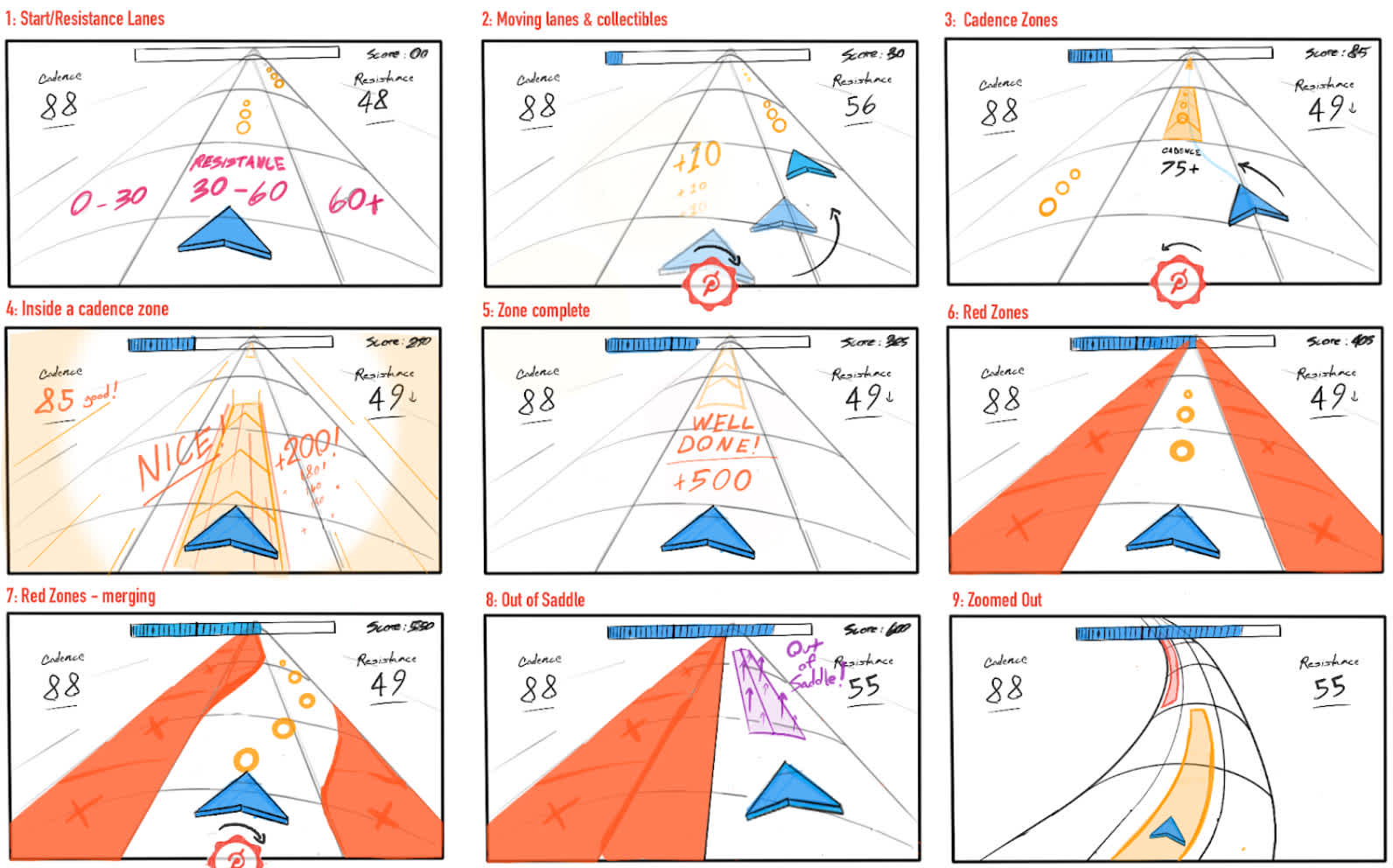
To achieve this, we needed to design a gaming experience which also appealed to non-traditional gamers. So we leveraged our Play Thinking framework which is a design ethos that values emotion and experience just as highly as function and outcomes. It was the perfect approach for Peloton Lanebreak as it allowed us to deliver a gaming experience rooted in Peloton’s goals to keep their current Members motivated while also growing their community.
Coupled with instructor-led cycling classes, Lanebreak allows Peloton Members to switch up their routine and consistently pursue their fitness goals. It features immersive visuals, different genres of music, and fitness-inspired challenges that give Members the confidence to push themselves even further.
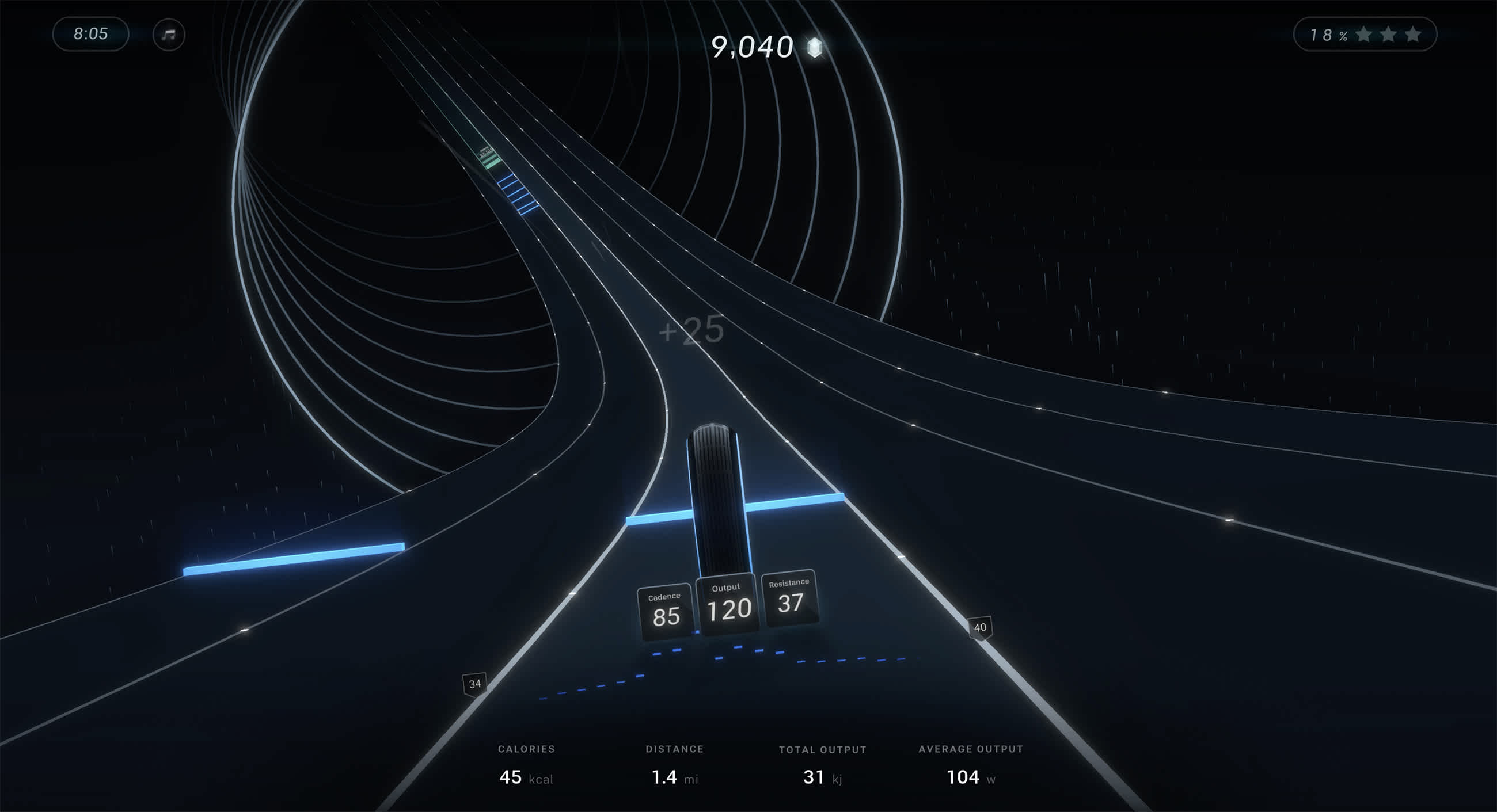
A game like no other
Lanebreak is one of the first examples of a stationary bike-as-game-controller. We wanted to create an experience that allows riders to sync their body’s movements with the pulse and rhythm of their favorite music by adjusting their cadence (how fast they pedal) and resistance (from 0% to 100%).
It was important for us to build something everyone could use and find the fun in, regardless of their fitness level and comfort with games, so we made Lanebreak available in four difficulty levels: beginner, intermediate, advanced, and expert.
The resistance knob on the Peloton Bike allows Lanebreak players to move left or right across the virtual six-lane track. Players can also earn points during the game by pedaling harder and maintaining a particular cadence.
Finished my first Peleton Lanebreak session with a 98%. A little tired, but feeling better about my exercise capacity.
Playtesting with users as builders
Building a unique, playful fitness experience like Lanebreak meant there were many factors to consider during the development stage. The safety of Peloton Members was our top priority, so we put ourselves in the cycling shoes of Lanebreak riders.
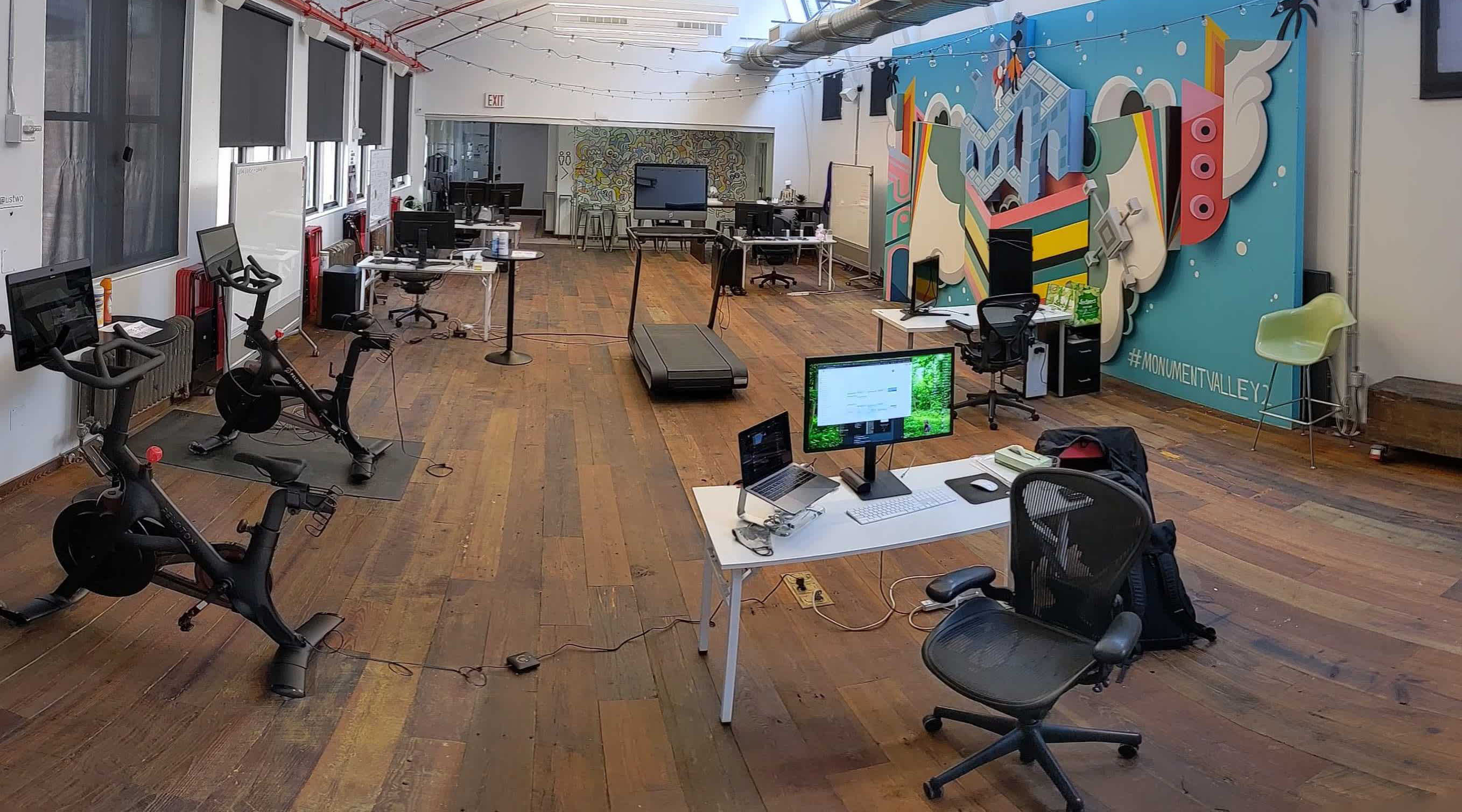
All designers and developers in our team, and our counterparts at Peloton, tested every new prototype of Lanebreak to ensure it was safe, comfortable and entertaining. This meant we were able to spot features that looked great in development, but didn’t feel right on the bike.
Everyone in the team had experience building gaming products. Some of us were avid Peloton Members while others hadn’t used a Peloton Bike before. Across our team and Peloton’s team, there was a diversity of age and fitness levels, which meant we were able to gather a range of feedback on our experience with Lanebreak.
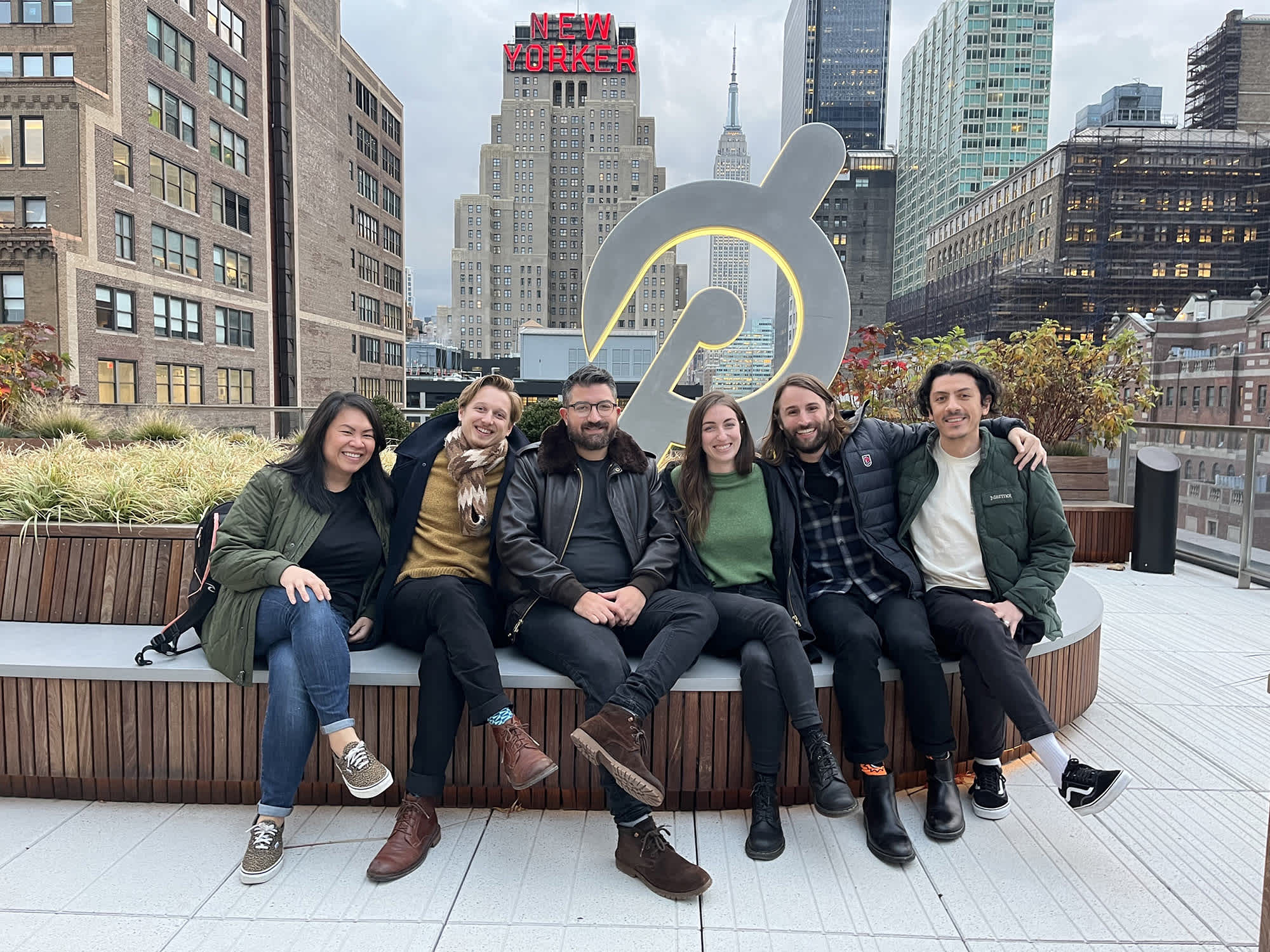
Once we were satisfied with our internal testing, we playtested Lanebreak with a selection of Peloton Members in guided sessions. The goal here was to uncover which features of Lanebreak resonated most, and whether the game was equally fun and challenging for a diverse group of riders.
We wanted Lanebreak to be an emotionally engaging experience that motivates players to value the process of exercising as highly as its physical and mental benefits. It wasn’t enough for riders to complete a workout and burn calories or get the highest score; it was important for them to enjoy the process. We were looking for emotional and functional markers of product success, so we asked Peloton Members questions about how they felt during the ride and whether they gained a sense of accomplishment.
Discovering what drives you
Music and motivation are central to the Peloton experience, and they were key to building Lanebreak. During playtesting, many riders said they were so immersed in Lanebreak that it didn't feel like they were exercising. Music helps Peloton Members to pace themselves, boost their energy, feel entertained, and stay inspired to keep going. We had to make sure every movement on the bike was in line with the beat because if it were delayed for even a few milliseconds, the seamless feel of Lanebreak would be compromised.

During playtesting we discovered that a majority of Peloton members are not driven by competition, but a sense of community. That’s why we added a Leaderboard to Lanebreak, so riders can feel the presence of others even when playing asynchronously, and to see how they stack up against other members.
Some riders are motivated by a feeling of personal progression, so we built a points system that challenges them to earn three full stars to complete the “level”. We found that music plays a key part in amplifying the experience of Lanebreak, so we built obstacles that are synchronized with the beat of the music to keep Lanebreak engaging and motivating. Members are rewarded for their effort. The harder they push themselves, the more points they earn. This is reflected in challenges like breaker overcharge and higher resistances ranges.
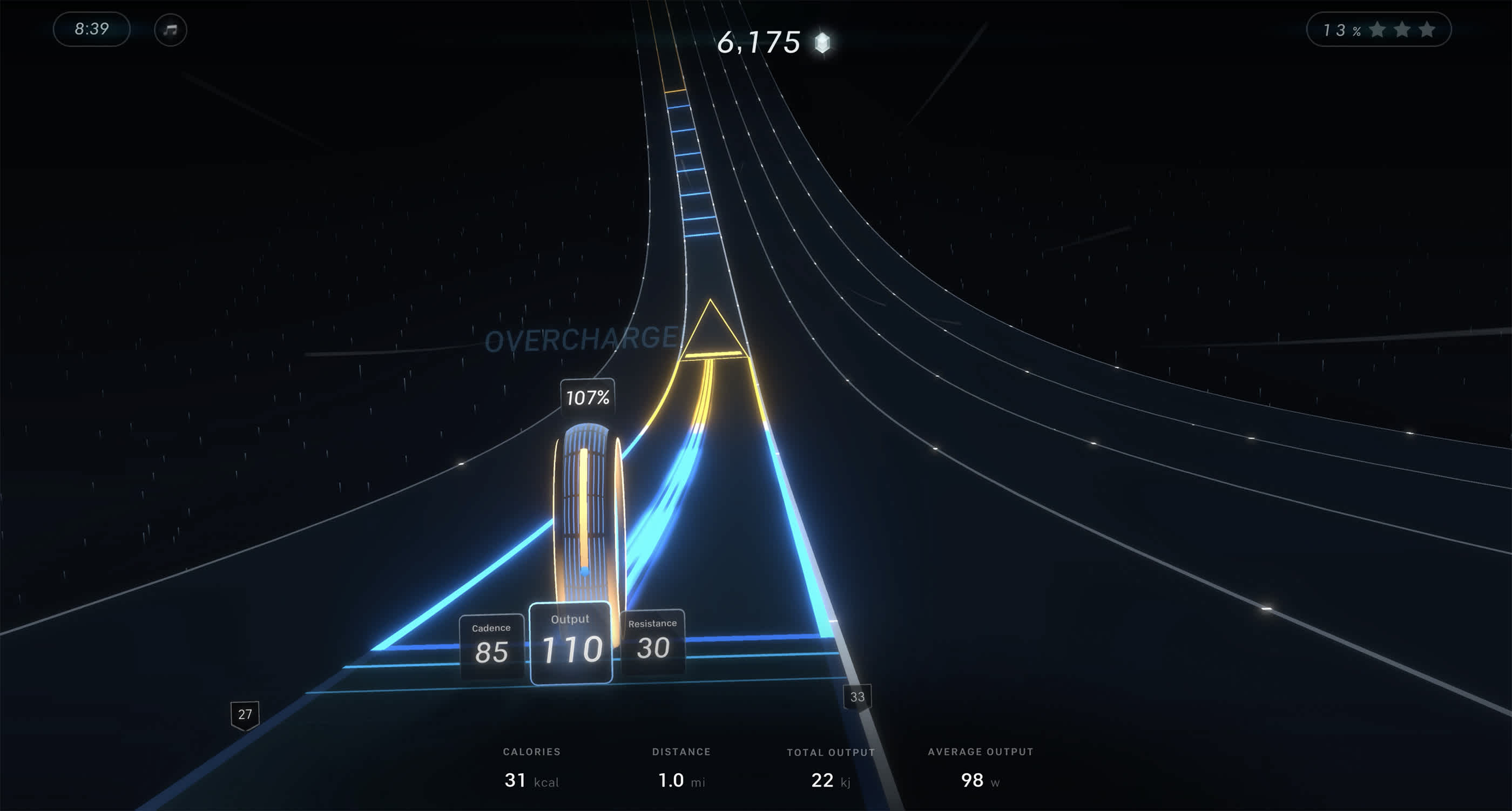
The outcomes
Together with Peloton, we created a multi-sensory immersive fitness experience that encourages riders to push themselves further to reach their health and fitness goals. By combining Play Thinking with our expertise in product design, we built a unique addition to the Peloton exercise experience.
Lanebreak offers Peloton Members a complementary option to live and on-demand classes led by instructors, allowing them to switch things up. It gives players full control when exercising and we’ve seen more Members reach new personal records with Lanebreak.
The future of gaming fitness experiences looks promising and we’re proud to have played a part in Peloton leading the way with Lanebreak.